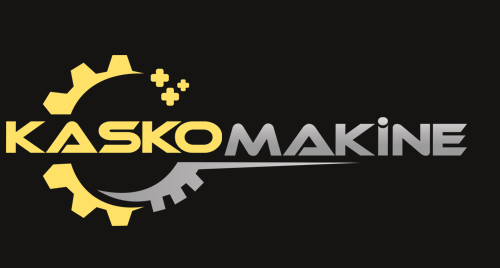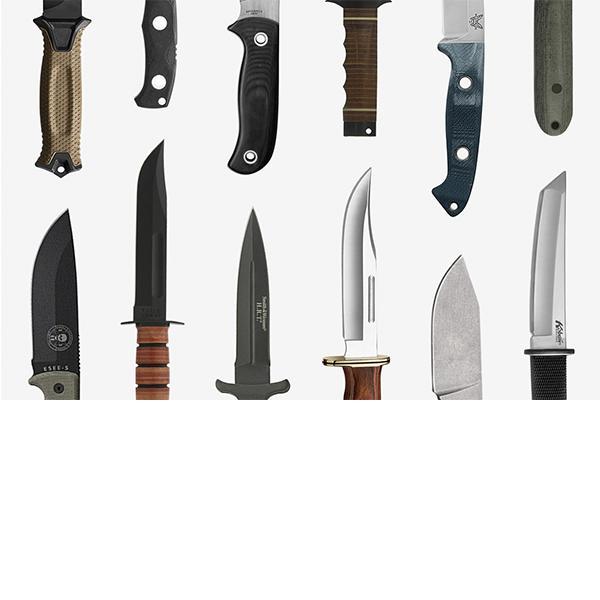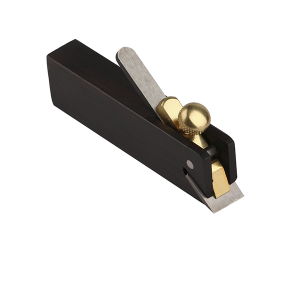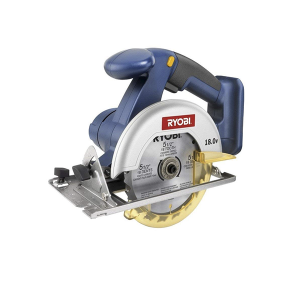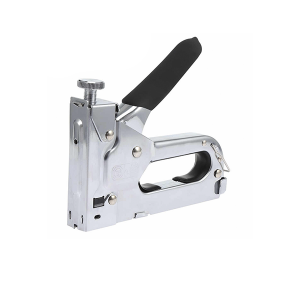There are two kinds: forged (hammered) or stamped (cut from a flat sheet of metal). Traditionally forged blades are of higher quality and more expensive, but some well-made stamped blades are good value for money. In forged knives, the metal from the blade runs all the way through the handle (this is known as the tang). This is particularly important if you have something heavy to cut as it gives you additional leverage and stability. The tang is usually secured to the handle by rivets, but some modern designs mould the handle around the tang. Forged knives also have a bolster, a thick section of metal between blade and handle which will keep your hand from slipping forward from the handle onto the blade.
Knives need to be handled carefully for your and their safety. Good quality knives are expensive, and the blades are often very thin. This means they should not be used for cutting through bone or they may be damaged. Heavy Chinese-style cleavers can be used for this purpose. Keep your knives as sharp as possible so they perform better. This also reduces the risk of an accident, because you don’t need to use as much force when chopping or slicing and therefore the blade is less likely to slip and cut you. I sharpen my straight-edged knives on a stone before every use and, when necessary, send them to a trusted professional sharpener. Knives should be kept clean and dry and should not be put into the dishwasher. Only use your knife on a wooden or plastic cutting board as other surfaces will damage the blade. Store your knives properly so that they don’t knock against each other and get damaged. They can be hung on a magnetic strip, stored in a knife rack, or kept in a knife wallet. Never store them in a drawer.
